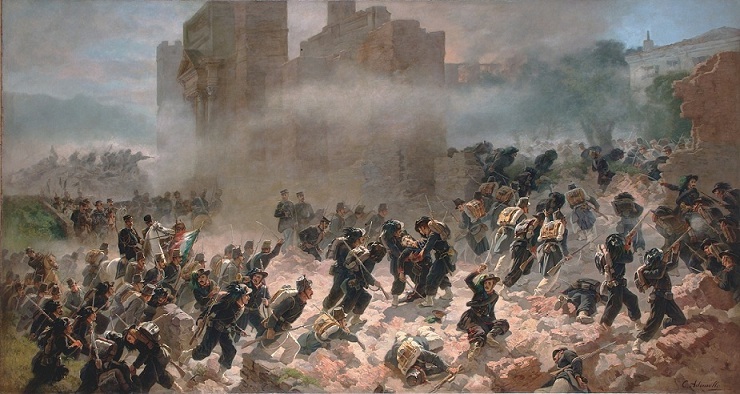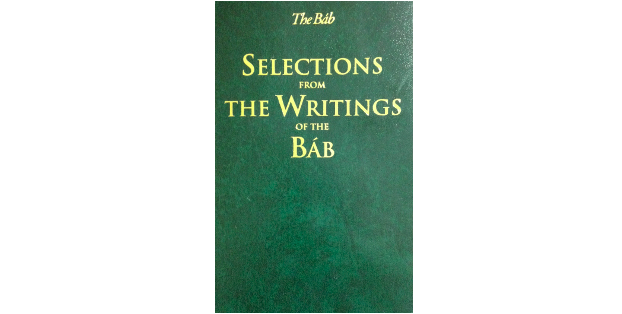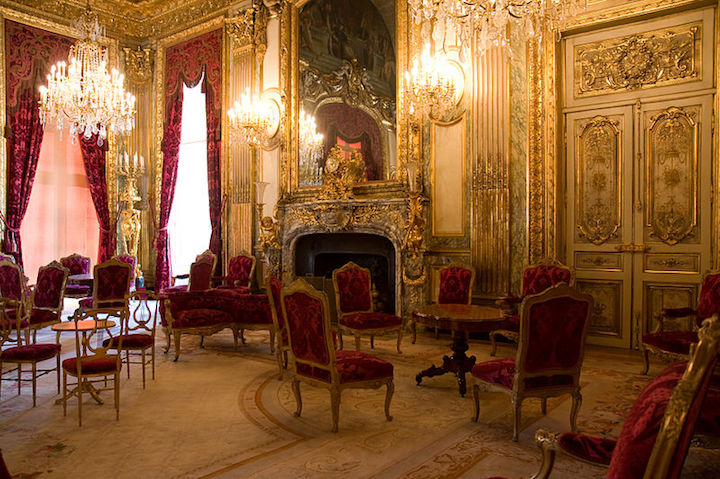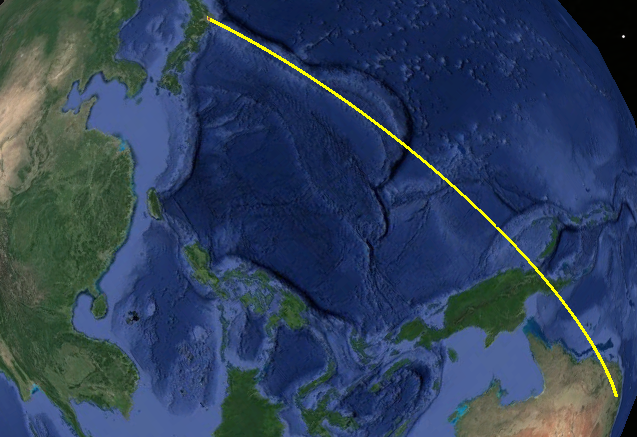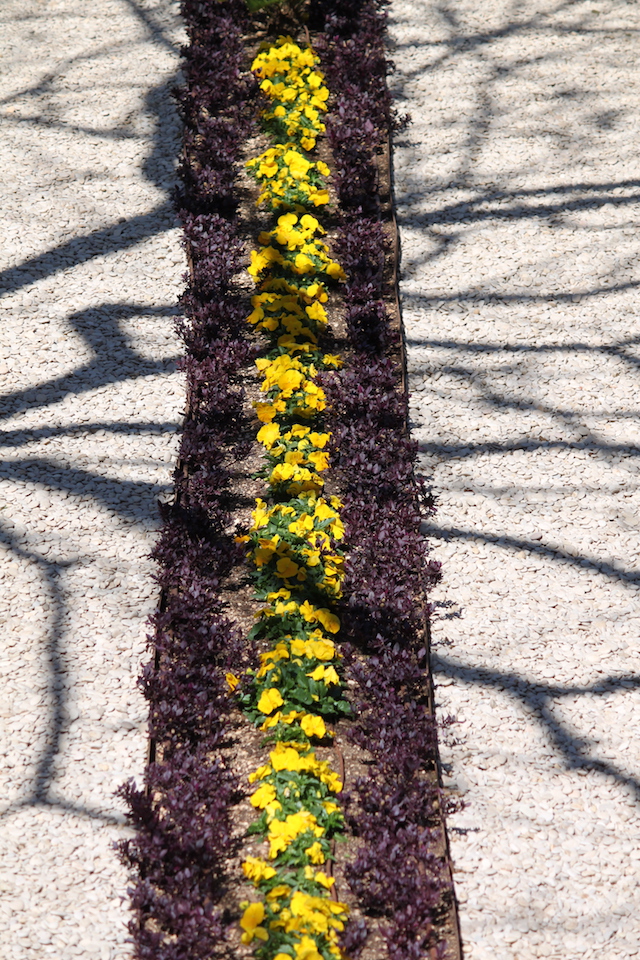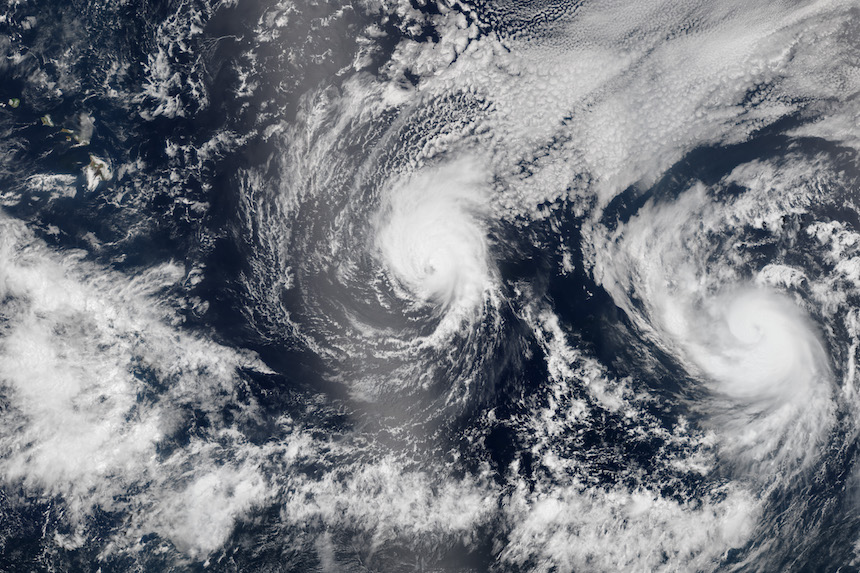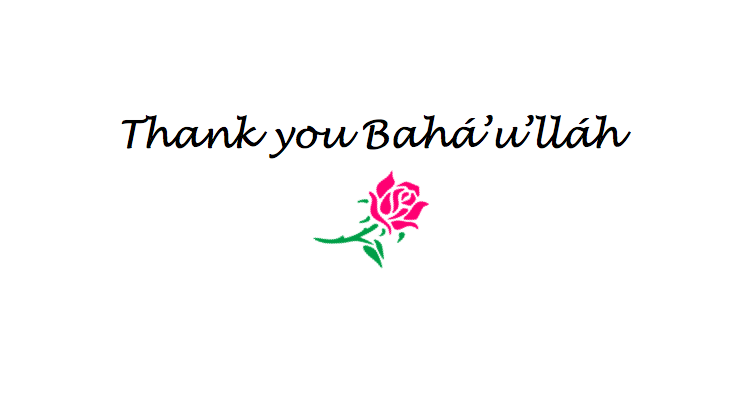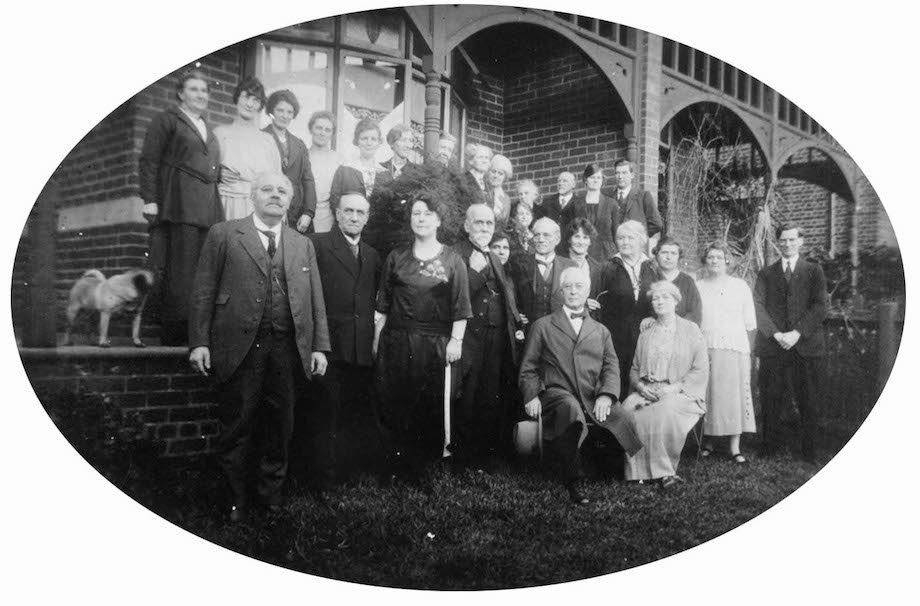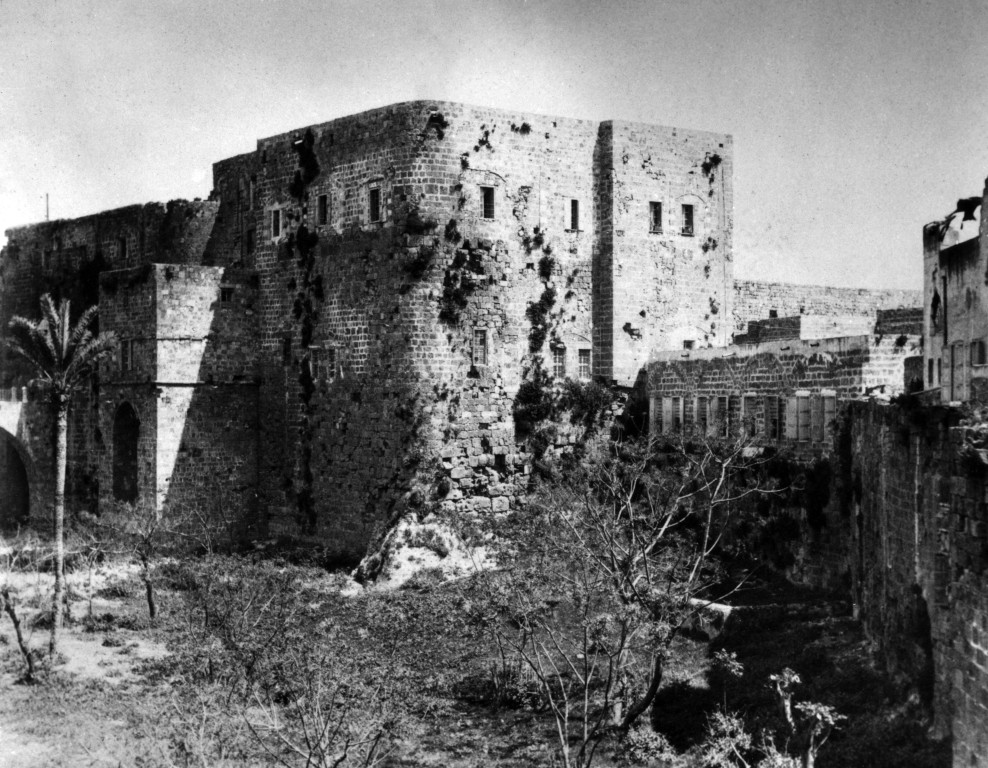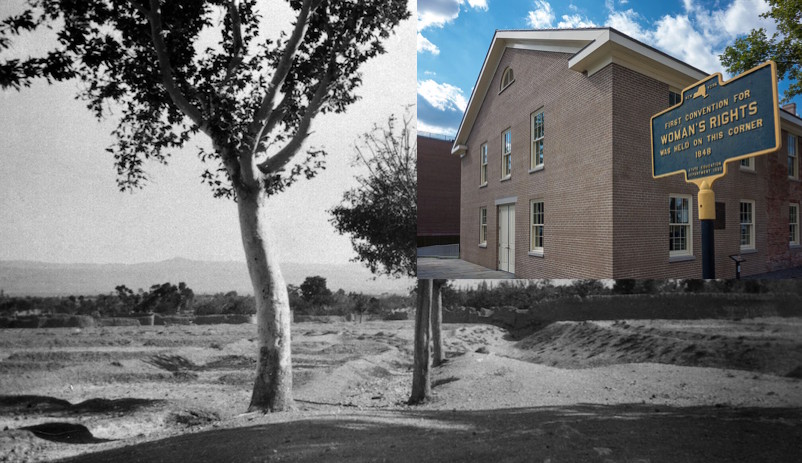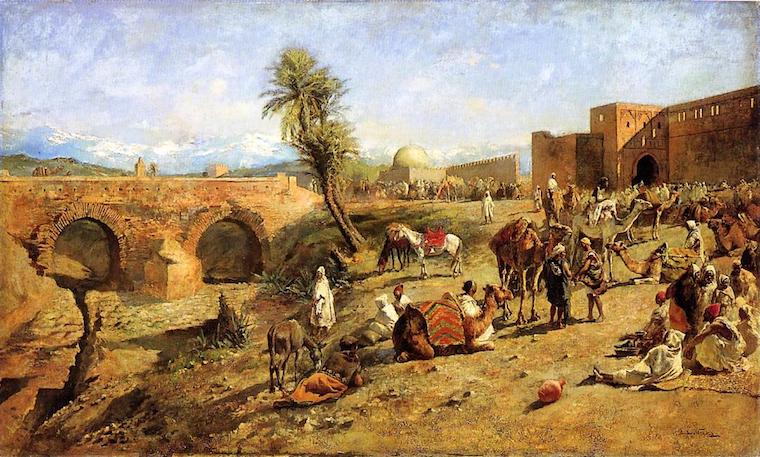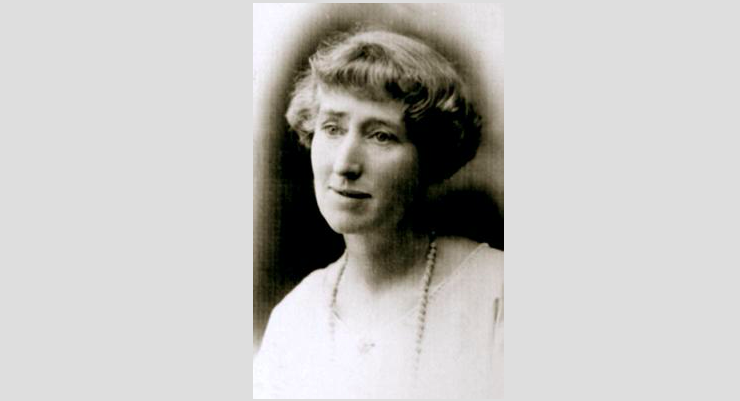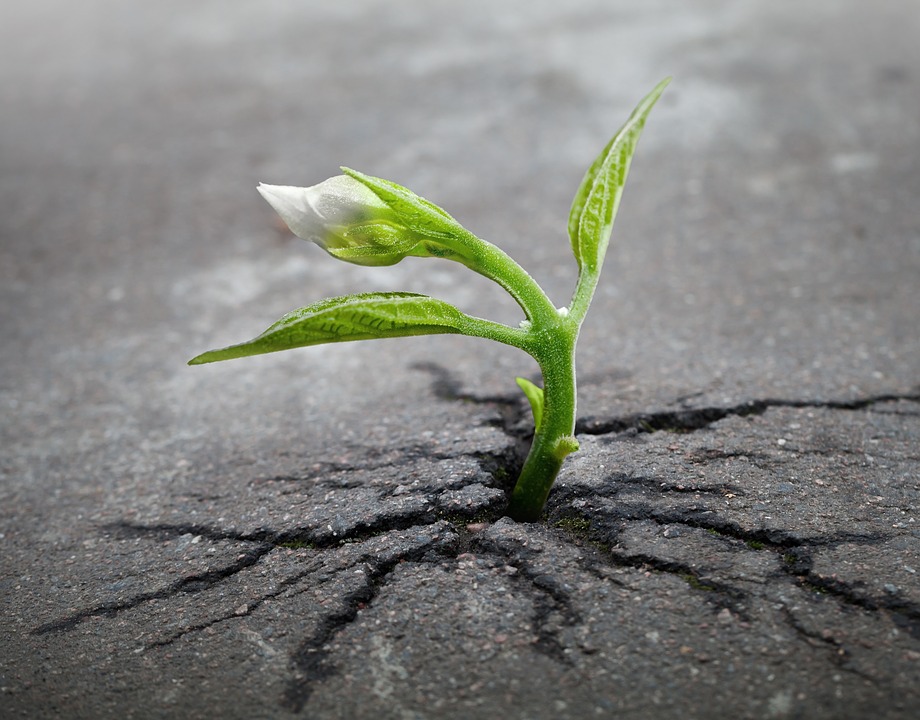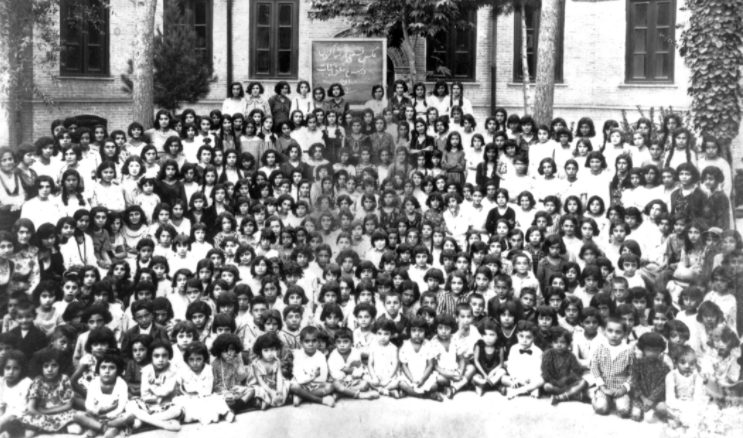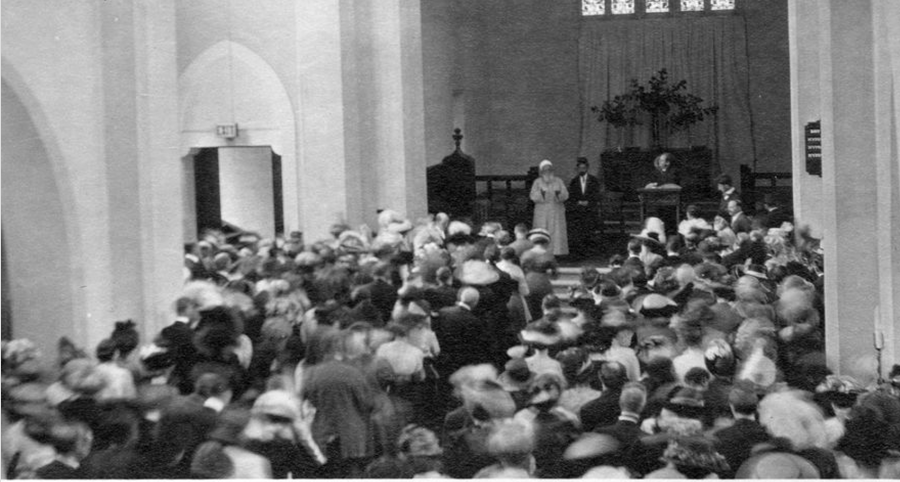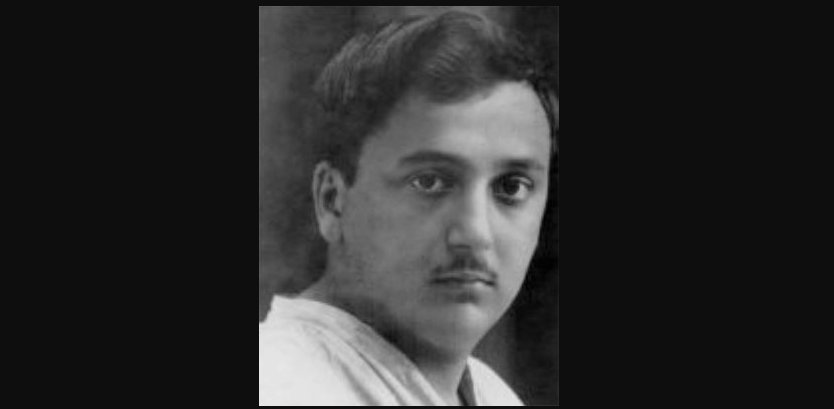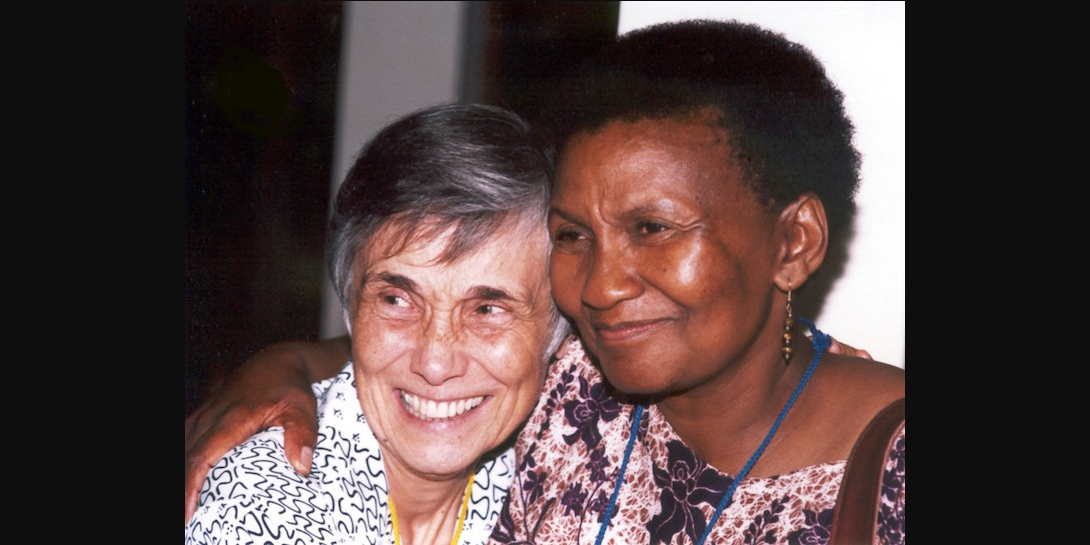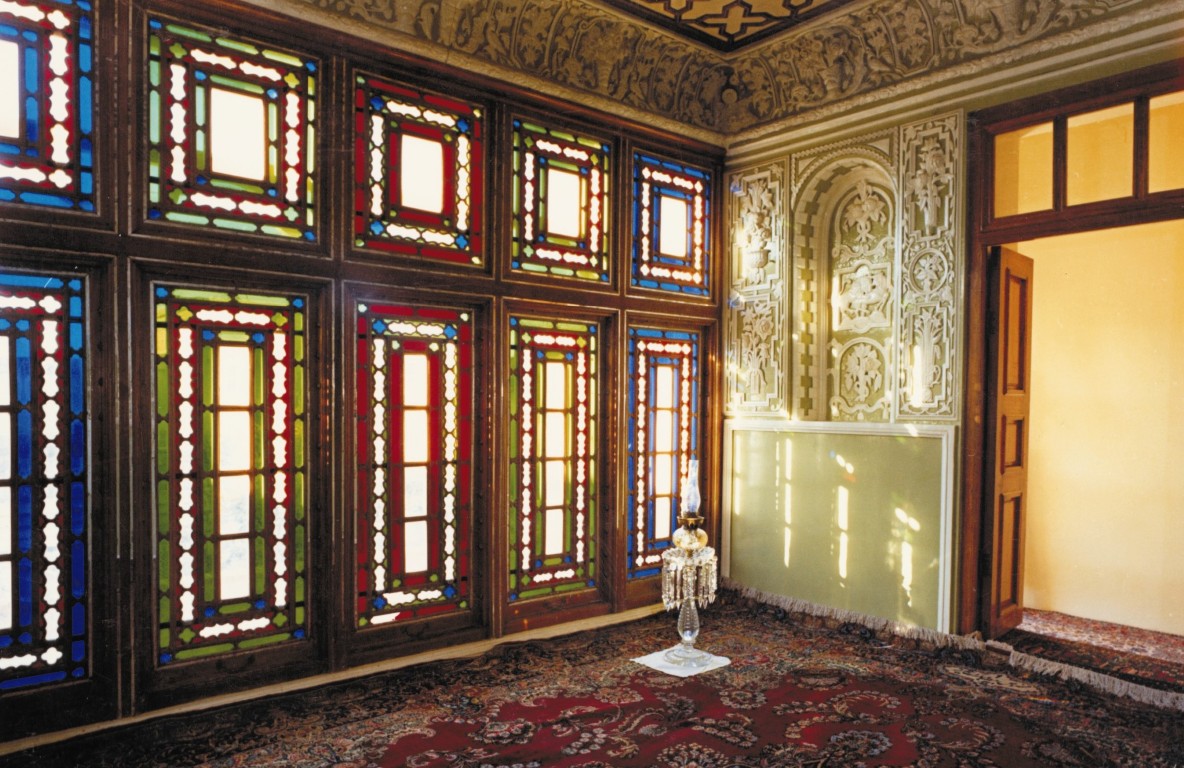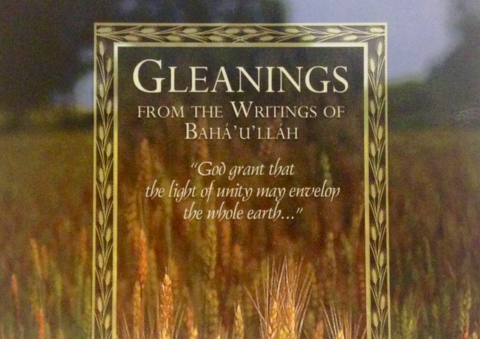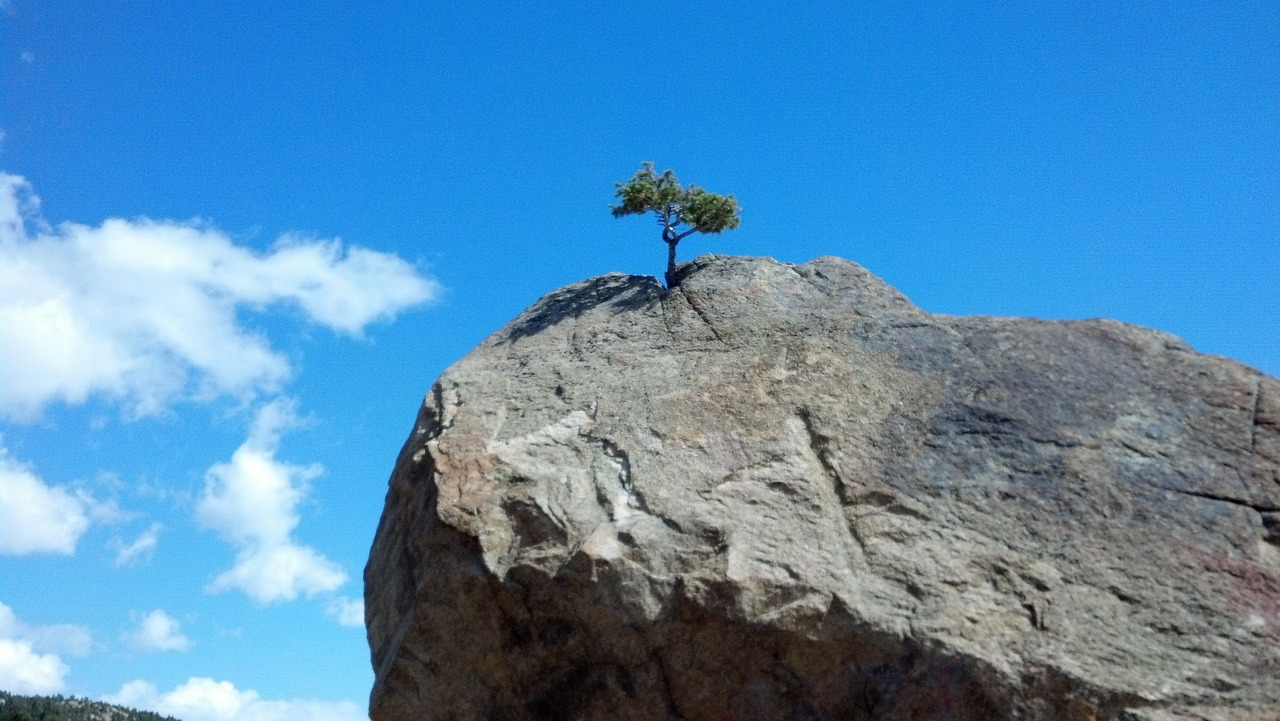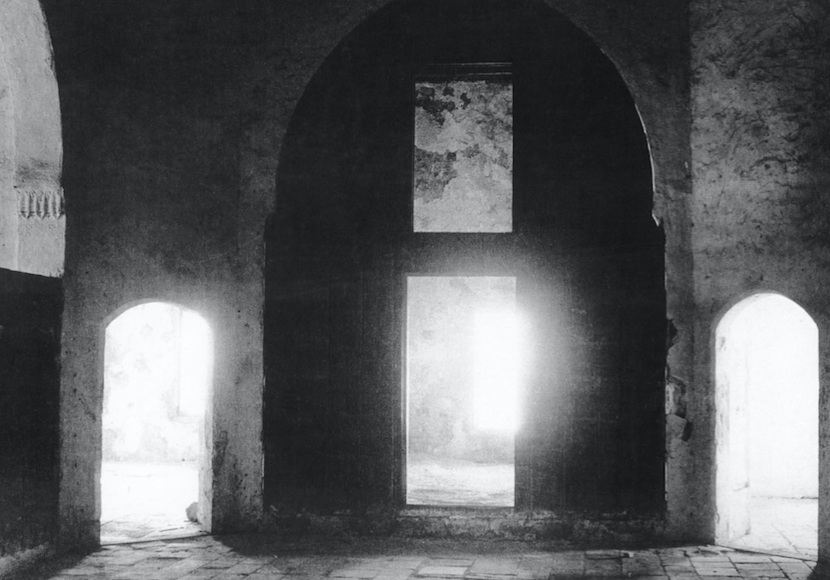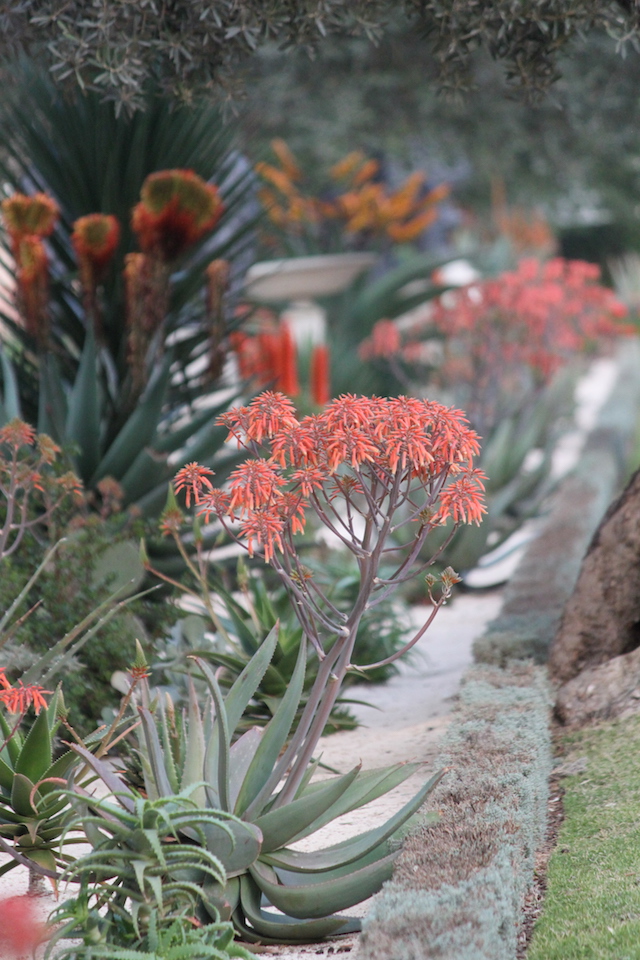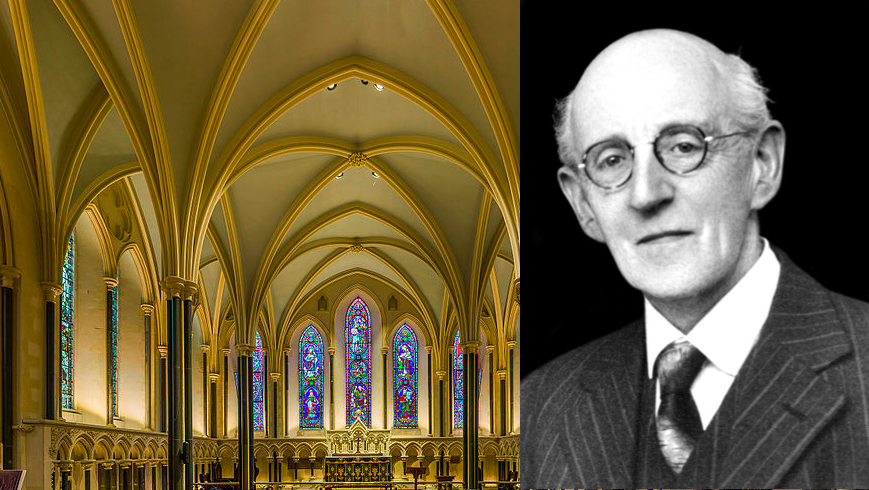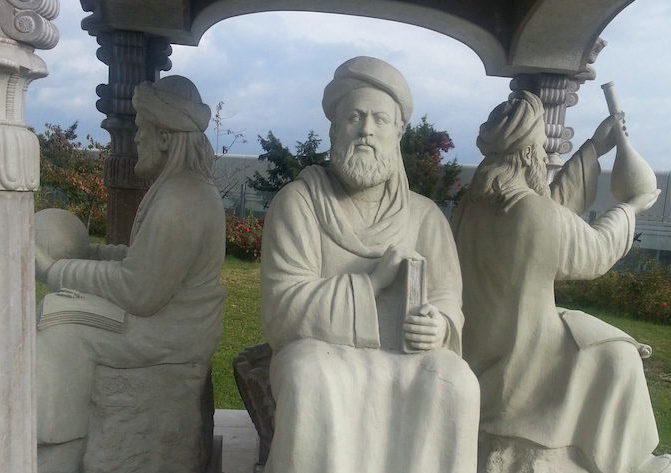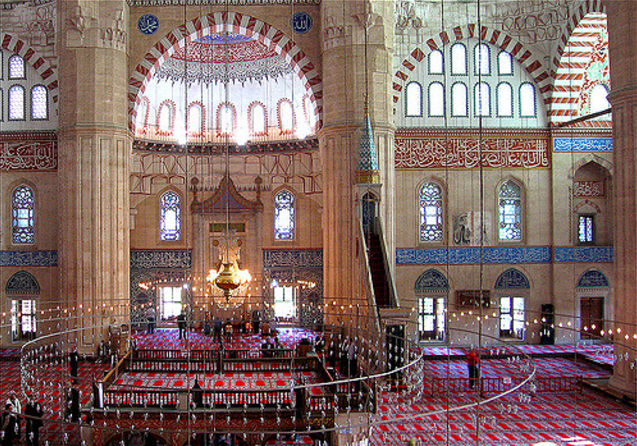-
Manifestation of God and the Relativity of Religious Truth
In this series of articles the term “messengers” or “prophet” is generally the one used when referring to figures such as Bahá’u’lláh, Buddha, Jesus or Muhammad. Yet such terms are inadequate, as the previous article, on the Word of God, illustrated. The exact nature of the prophetic figure has indeed been a point of disagreement within and between religions. As we might expect, given Bahá’u’lláh’s focus on unity, Bahá’u’lláh introduces ideas that open a pathway for overcoming differences around this question. It is essential to be able to be able to develop a common language that bridges the theological differences between religion. As we saw, the Kitab-i-Iqan (Bahá’u’lláh’s Book of…
-
Bahá’u’lláh’s first letter to Napoleon III: the Responsibility of Government for Welfare of the People
We have seen that while Baha’u’llah was in Adrianople he wrote to the rulers of society, individually and collectively. From this period comes Bahá’u’lláh’s first letter to Napoleon III – Emperor of the French – who at the time was at the height of his power and influence. Bahá’u’lláh’s letter announces his mission as do other letters of this period. Some of this letter is however concerned with responding to statements Napoleon III had made some years earlier in the context of the Crimean War. Two statements graciously uttered by the king of the age have reached the ears of these wronged ones. These pronouncements are, in truth, the king…
-
Healing the Wounds of War: a Spiritual Axis
After World War 2 the world was in ruins. The nations that fought against each other in that war were the last people who you would think would naturally cooperate with each other in a common cause. In Australia, when I was growing up, there was still (if fading) a lingering collective memory among some of the Japanese as a hated and feared enemy, even though nowadays there is warm friendship between the two countries and peoples. Shoghi Effendi, who led the Baha’i community in this dark period of war, and in the subsequent decades, did not think like this. Where others saw enmity he saw connections. Thus he framed…
-
Clara and Hyde Dunn – the Baha’i Faith Comes to Australia
On 10 April 1920, when Clara and Hyde Dunn arrived in Sydney, Australia was, to most of the world, a far-away place. To the bulk of Australia’s people it was a new nation seeking to unfold an egalitarian future that would be free of the many oppressions of the old world. Phrases like “fair go, mate” – though not so common nowadays – still capture something deep in the Australian ethos and sense of identity. It was to be a new society in which people could live a life of dignity, of freedom and of peace. In many ways this vision was a beautiful one. It was not always pursued.…
-
Effie Baker – Photographer of the Birth of a World Faith
What if photography had existed 2000 years ago and St Paul or St Peter had commissioned a woman to travel to Palestine to compile a photographic archive of all the sites associated with the birth of Christianity? What would our understanding of Jesus be like? In the 1930’s, a task very like this fell to a diminutive Australian woman: Effie Baker. Effie Baker was born in 1880. In her teenage years her aunt gave her a camera: a No 2A Folding Autographic Brownie. For Effie, as a student of the Ballarat East School of Arts, photography was an emerging art-form. An art which she practised together with other arts such…
-
Shoghi Effendi – A Transcendent Life
Shoghi Effendi served as Guardian of the Baha’i Faith from 1921-1957. As we have already seen, it was not a role he envisaged undertaking. It was a role he fulfilled magnificently. His life’s work stands at the sunset of what Shoghi Effendi himself defined as the heroic age of the Baha’i Faith. The time when spiritual heroes such as the Bab, Baha’u’llah, Tahirih, Mulla Husayn, Quddus and Abdu’l Baha walked the Earth and gave birth to a new religion. Shoghi Effendi guided the Baha’i community through the beginnings of the “Formative Age” – a time when quill and donkey transitioned to typewriter and motorcar. With Shoghi Effendi, we definitively enter the modern world. Even in his dress…
-
Gleanings from the Writings of Bahá’u’lláh
When Shoghi Effendi was a young man at Oxford University, he didn’t imagine that he would become the leader of the faith which his great grandfather – Bahá’u’lláh – had founded. What Shoghi Effendi wanted to do was translate the Baha’i writings into English. Accordingly, he was focussed on acquiring a mastery of English sufficient to adequately translate Bahá’u’lláh’s writings. Despite the many duties of his office as Guardian of the Baha’i Faith, an office he held from 1921 until his passing in 1957, Shoghi Effendi found time to realise the dream of his youth. One of his gifts to the Baha’i community, was an anthology of selections from Bahá’u’lláh’s writings known as Gleanings from the…
-
George Townshend – from Cathedral to Coherence
This article needs to begin with some of George Townshend’s words – as he was above all a writer. The “Hidden Words” is a love-song. It has for its background the romance of all the ages—the Love of God and Man, of the Creator and His creature. … Strange, … that this devotional volume, so beautiful in its thought and also (it is said) in the classic purity of its style, should never have drawn to itself the attention of an English scholar and should remain after seventy years unknown to the religion and the culture of the West.[1] George Townsend wrote this in 1930, almost 90 years ago. The strangeness still persists.…

